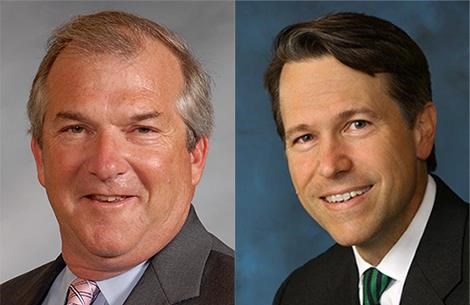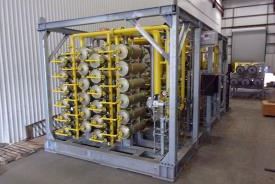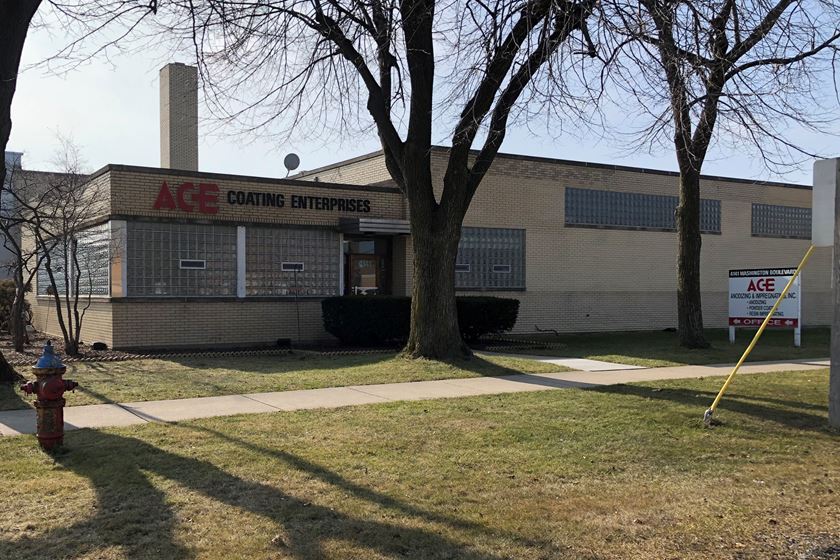NASF: Congress Moves to Pass Toxic Chemicals Reform Act Legislation
Efforts to modernize the U.S. rules for chemicals under the Toxic Substance Control Act (TSCA) have been underway for the past several years and success is near. On May 24, the House approved the compromise measure by a 403 to 12 vote.
#nasf #masking #pollutioncontrol

Efforts to modernize the U.S. rules for chemicals under the Toxic Substance Control Act (TSCA) have been underway for the past several years and success is near. On May 24, the House approved the compromise measure by a 403 to 12 vote. Action in the Senate was delayed by a hold placed by Senator Rand Paul (R-KY), who said additional time was needed to review the legislation. The Senate is likely to pass the compromise bill, and the White House had indicated that the President would support and sign this bipartisan legislation.
Featured Content
The proposed legislation would overhaul current chemicals laws under TSCA, which was last updated in 1976. Based on the language in the compromise bill, the new requirements would include the following.
Use a chemical’s “conditions of use,” or how a chemical is made, processed, used or disposed of) to determine the risks it poses.
Mandate risk reviews for new and existing chemicals before they can enter the market.
For existing chemical substances, set priorities for the highest risk substances, conduct a risk evaluation, and implement risk management requirements.
Require three years for EPA to complete a risk evaluation and have annual plan identifying chemical substances subject to risk evaluation.
Propose risk management rules for chemical substance within one year of completing risk evaluation and final rule in another year.
Address Confidential Business Information claims protecting the identities of chemicals in commerce.
Set fees to fund program only after consultation with potentially subject parties.
Provide preemption for state actions to regulate chemical substances taken before April 22, 2016 to balance state and federal authority to regulate chemicals.
The surface finishing industry has a history of effectively managing risks associated with the use of metals and metal compounds. NASF has supported the effort to modernize a national chemical management system that takes a practical and science-based approach for the highest priority chemicals.
If you have any questions or would like additional information regarding TSCA reform legislation and its potential impact on the surface finishing industry, please contact Jeff Hannapel with NASF at jhannapel@thepolicygroup.com or Christian Richter at crichter@thepolicygroup.com.
Finishing Industry Targeted By OSHA “Overreach”
OSHA issued a new reporting rule for employers in May that could pose challenges for manufacturers, including most NASF members. The regulation becomes effective August 20 and would require employers to electronically submit their injury and illness records to OSHA. Actual reporting will be phased in beginning in 2017. In the past, injury and illness records were only accessible to OSHA during inspections.
Under the new provisions, OSHA plans to take that information and post it on the Internet for public access and review. This represents a major and historic shift in how employer records are handled. Among other things, your company may be put in the spotlight as unsafe if your injury and illness records are taken out of context and mischaracterized.
NASF has voiced concerns over the measure since OSHA first proposed it in 2014 through a broad-based industry group called the Coalition for Workplace Safety. The coalition at press time was considering litigation options against OSHA for exceeding its legal authority.
The regulation will apply to both large and small employers. Facilities with 250 or more employees in industries covered by the rule—which OSHA estimates to be around 34,000 locations—must electronically submit to OSHA injury and illness information from OSHA Forms 300, 300A and 301. Facilities with 20-249 employees on OSHA’s list of “high hazard” industries—or potentially another 432,000 locations – must electronically submit information from OSHA Form 300A only. Surface finishing operations are on that list.
In a new twist that was unexpected—and some argue may be subject to legal challenge—the rule also contains “whistleblower” requirements that did not appear in the original proposed rule in 2014. Under the new rule, OSHA itself can decide to issue a citation to an employer when the agency believes that an employer has discouraged or suppressed an employee from reporting an injury – even if that employee has never filed a whistleblower claim.
While NASF is still reviewing the just-published rule, this element, among other provisions, is a major flaw and OSHA appears to be clearly overreaching its legal authority. The rule has been one of U.S. labor leaders’ most important priorities for the Obama administration, partly as a way to get more access to all employers’ records. NASF has been closely tracking OSHA’s regulatory efforts in the final year of the Obama administration. We will keep the industry informed on new developments for the electronic reporting rule and a few other major OSHA rules expected to move in the coming months.
In the meantime, please go to nasf.org to find OSHA’s Fact Sheet and other agency information about the rule.
RELATED CONTENT
-
Applications Innovation Leads to Better Masking Solutions
When masking product failures are costing you money, it pays to work with an expert that can select or engineer the most efficient solution.
-
Are TGIC-Free Powder Coatings Right For You?
This alternative to TGIC-based polyester powder coatings offers similar performance and enhanced transfer efficiencies.
-
Touch-up Options for Powder Coated Parts
Is it true that powder coating cannot be touched up? Powder coating expert Rodger Talbert offers options for powder coating touch-ups.



















